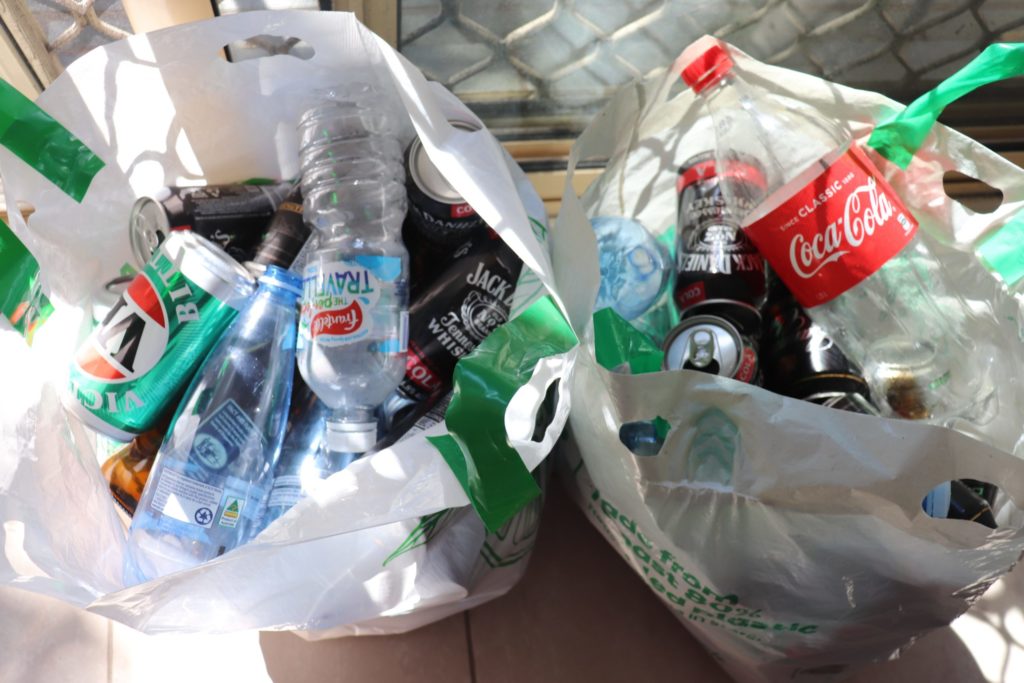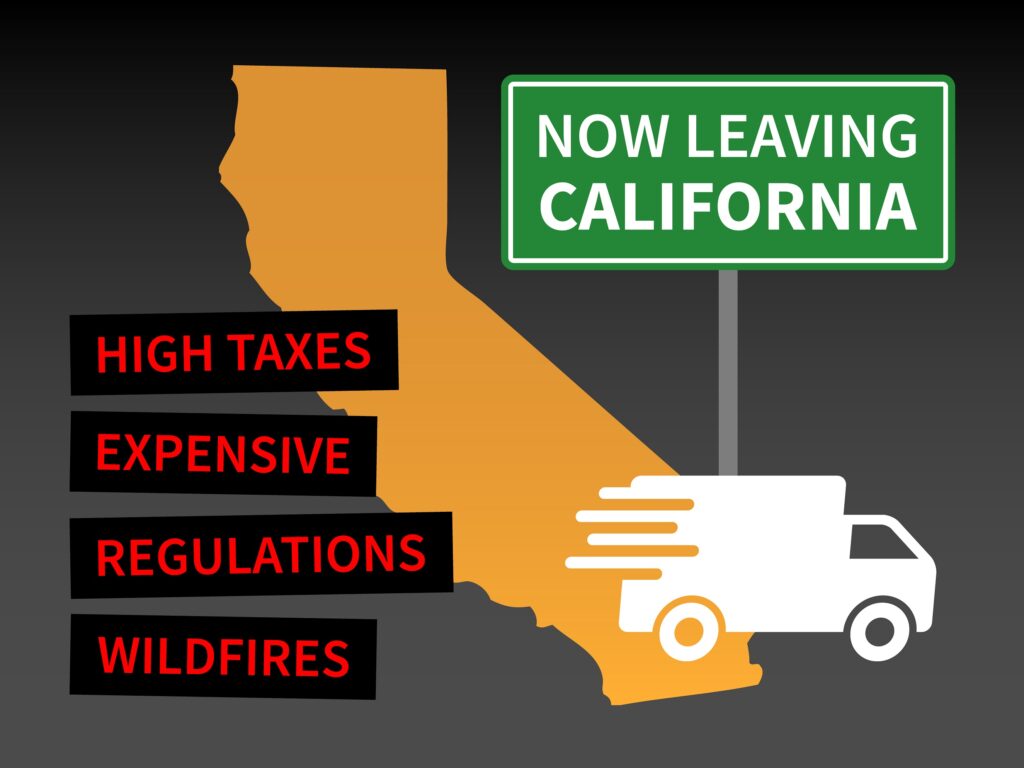Snowquester and climate change: The boring truth
Like the budget sequester — a miniscule, almost unnoticeable cut in a vastly overstretched federal budget — the expected blizzard nicknamed “snowquester” that hit Washington this past week got far more hype than it deserved. (It fizzled out into a rain storm.)
This didn’t stop climate change activists on the left and the right from using the blizzard that wasn’t to make favorite points. Left-wingers said it proved “less snow, more blizzards” and used it as an opportunity for a patronizing lecture about climate change. A libertarian science blogger laughed at these same left-wingers when city-immobilizing snowfall didn’t materialize. Amidst all of this sound and fury, however, an important important point got lost: the real lesson of the non-blizzard isn’t an opportunity to lecture or laugh but, rather, a case for seeking out “no regrets” strategies to deal with climate change.
Of course, the fizzled blizzard obviously doesn’t disprove climate change or even “less snow, more blizzards.” Indeed, there’s really little room for doubt that climate change is both real and human-caused to a very significant degree. Although less firmly established, everything I’ve seen indicates that “less snow, more blizzards” has more than a modicum of empirical support.
But none of this is all that important to public policy in dealing with the actual problem at hand — which, in this case, is snow. Even if the “less snow, more blizzards” thesis were proven beyond a reasonable doubt, local governments couldn’t do anything more than take symbolic action that impacts climate change, per se. Beyond common-sense building practices like slopped roofs that are already common in all areas that get significant snow, there’s little we can do to change the built environment to deal with it. Unless climate change has vastly different consequences than anyone now thinks it will, the “more blizzards” aren’t likely to turn Washington, D.C. into Syracuse, N.Y. and snowstorms aren’t going to start materializing in Miami. Instead, it will be a case of more frequent blizzards similar to those that would happen anyway.
Thus, the best solutions to future blizzards that might result from climate change are not very interesting. They would include developing better plans to clear streets, stockpiling more rock salt, buying more snowplows, and setting aside a little more money in contingency funds for municipal worker snowstorm overtime. It might also indicate some broader but similarly mundane changes like, for example, devolving responsibility for plowing purely local roads to local governments rather than faraway state-level entities.
Done properly, these measures probably aren’t that expensive. A physical snowplow blade, for example, sells for about $1,500 and can be fitted to just about any type of four wheel drive vehicle with a decent-sized engine. If this is all boring, well, that’s the point. Like most local issues, there’s not much room for ideology in how government does these things. If “more blizzards” don’t materialize, simply having a better support structure to deal with blizzards will likely save millions of person hours of work, an equally large number of hours in school, and, quite possibly, even a few lives. Blizzards, per se, are inevitable in any case.
The blizzard that didn’t hit Washington, D.C. this past week was, to use a phrase that many on the left love to use, “a teachable moment.” But its lessons are decidedly mundane.







